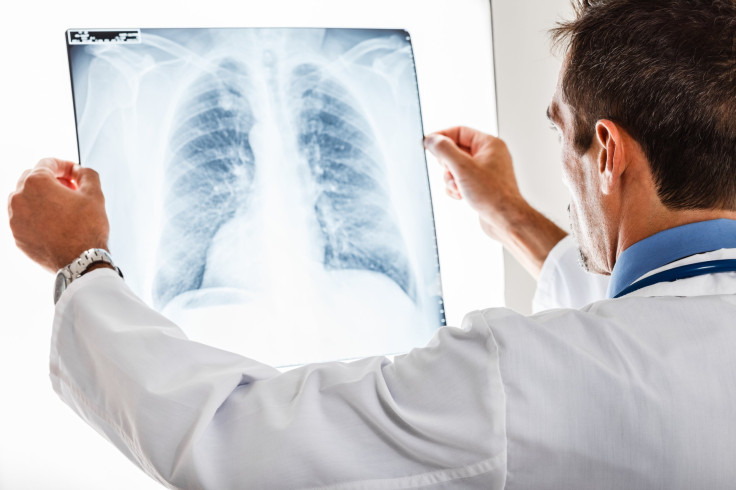Human Lungs Grown In 3 Days; May Shorten Transplant Waiting Time

Scientists at the University of Texas Medical Branch (UTMB) have managed to “grow” a lung for the first time in the lab, just in three days.
It’s an important step in the process of improving organ transplants. Currently, there are over 1,600 people on the waiting list for lung transplants, and often the organs arrive too late. “The most exciting part is to shorten the time people have to wait for an organ transplant,” Dr. Joaquin Cortiella, an author of the study, told ABC Local.
Lung transplants are one of the most risky and dangerous procedures, and though survival rates one year after the transplant are typically high — up to 90 or 94 percent — five years after transplants, the survival rate drops significantly. Chronic rejection is the source of complications for many patients five years after transplants, which causes lung airways to deteriorate; doctors are still struggling to prevent that.
“I started doing (lung transplants) in the early 90’s, and it was really primitive then, and it’s gotten a lot better,” Dr. David Weill, director of Stanford’s Center for Advanced Lung Disease, told the SF Gate. “But we haven’t solved the mystery of that slow loss of lung function.” Because lungs are always exposed to the outside environment through every breath of air, lung transplants are known to be extremely difficult due to the constant risk of infection. Meanwhile, lungs are also difficult to harvest for transplantation because they are vulnerable and easily damaged.
Through the use of pluripotent stem cells, scientists have, for years, been working on growing tissue and organs in the lab in hopes of speeding up and improving the transplant process. They have managed to grow hearts, a trachea, bones, and livers through stem cells, though growing lungs have remained difficult.
At UTMB, the scientists first took a damaged lung, and removed all the cells from it in a process called decellularization. Decellularization is a technique that was used to create implantable liver grafts for rats, for example. The UTMB scientists “just left the skeleton of the lung, or the scaffold, behind — the pieces of the lungs that are no cells,” Dr. Joan Nichols, the lead author of the study, told ABC Local. “That’s why it’s so white and pretty and there’s no blood in it, it’s very pretty looking. And then we added back cells from another lung that couldn’t be used for transplant but still had some viable cells in it.”
A medical student, Michael Riddle, assisted by building equipment to improve the process. “He’s the one who went home and actually built using — I’m not kidding — a fish tank that he went and bought from a pet store, is what he built the first piece of equipment [from],” Nichols said. Before the use of the new equipment, it took about four months to remove all the cells from the lung, whereas after Riddle’s innovation, it only took about three days.
The scientists note that there is still quite a way to go before lab-grown lungs will be safe for human transplants. It may take up to 5 or 10 years before the first lungs may be transplanted, the scientists said. However, they are planning on transplanting the first lab-grown lungs within animals in the next year or two.
"It's taken us a year to prove to ourselves that we actually did a good job with it. You don't run out immediately and tell the world you have something wonderful until you've proved it to ourselves that we really did something amazing," Dr. Nichols said.



























